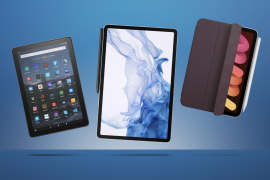Impossible Instant Lab Universal review
A camera that turns your smartphone shots into actual Polaroids? We almost spat out our small-batch craft beer!
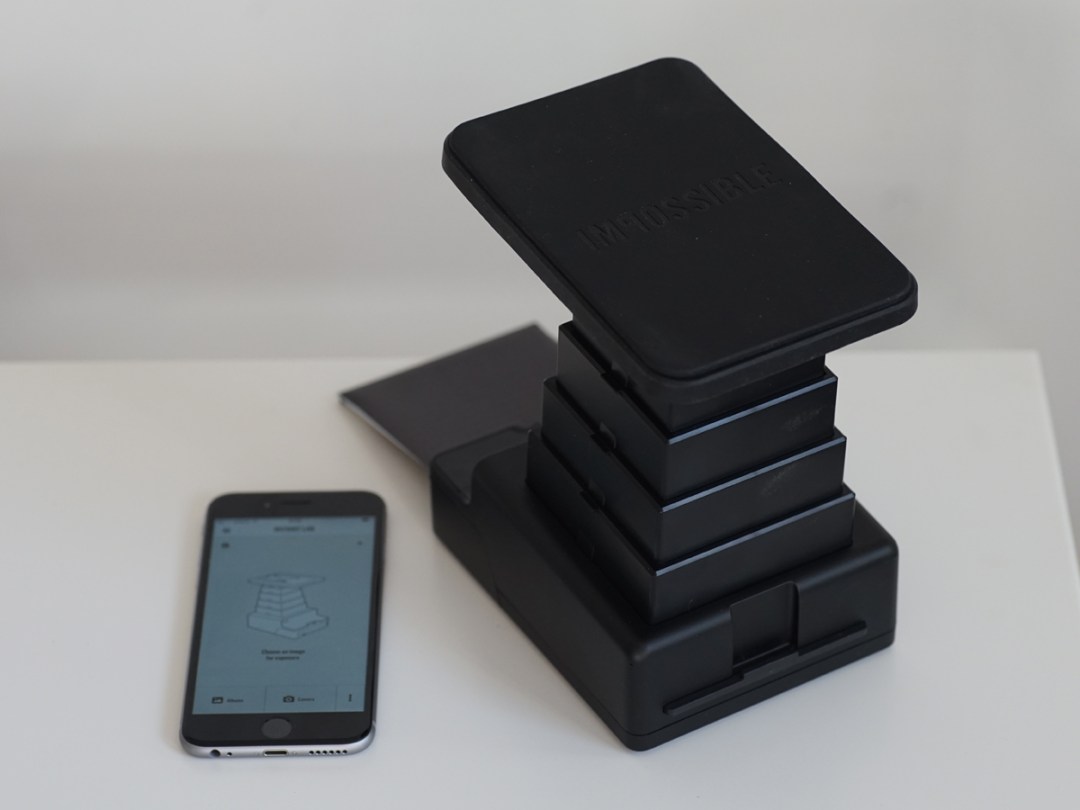
Pointless hipster throwback or ingenious device that evokes a time when photography felt more “authentic”? That’s the question thrown up by the Instant Lab Universal, the latest brainchild of the Polaroid revivalists at the Impossible Project.
Polaroid’s once-ubiquitous instant cameras are long since out of production, but the Impossible Project is keeping the analogue instant photography dream alive. It’s mainly doing so by producing new instant film stock (it’s the only company in the world now doing so) and refurbishing and selling vintage Polaroid cameras, but at the same time it’s not been afraid to embrace digital photography. Hence the Instant Lab Universal, a device that creates actual instant photographs from the images on your smartphone or tablet.
Yes, it’s a camera – not a scanner
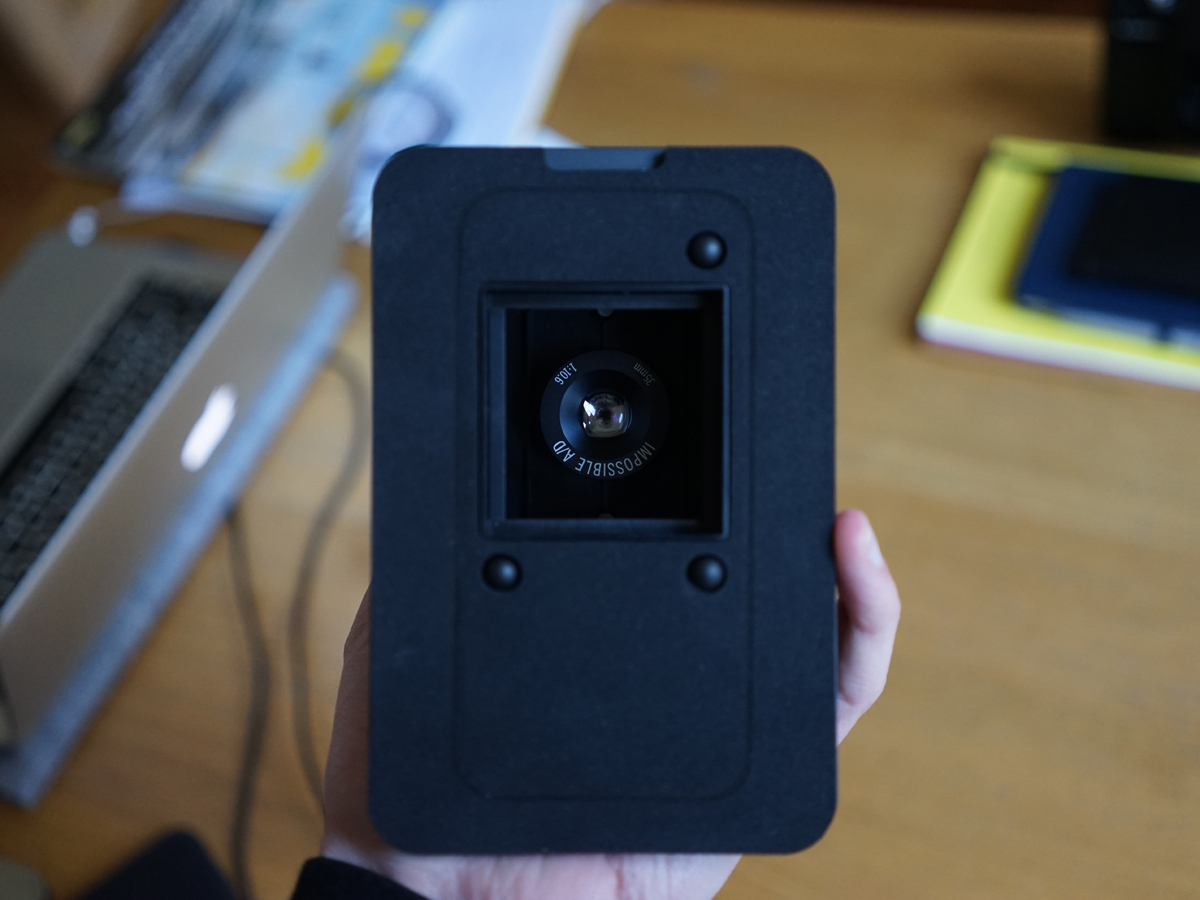
I say “device”, but the Instant Lab Universal is, strictly speaking, just a camera. Lift the cover off, peer inside and you’ll see a 35mm lens point up at you. You load actual Polaroid film into it, just as you would one of Polaroid’s classic SX-70 or 600 cameras. But instead of taking a photo of a person, object or scene in the real world and then instantly delivering a self-developing print, it takes a photo of your mobile device’s screen. Then instantly delivers a self-developing print.
It might sound a tad primitive, but there’s actually some smart technology working behind the scenes. The Instant Lab’s cradle has three touch points that interact with your phone or tablet screen and the Impossible Project app to ensure that images are exposed and framed correctly.
App-solutely straightforward
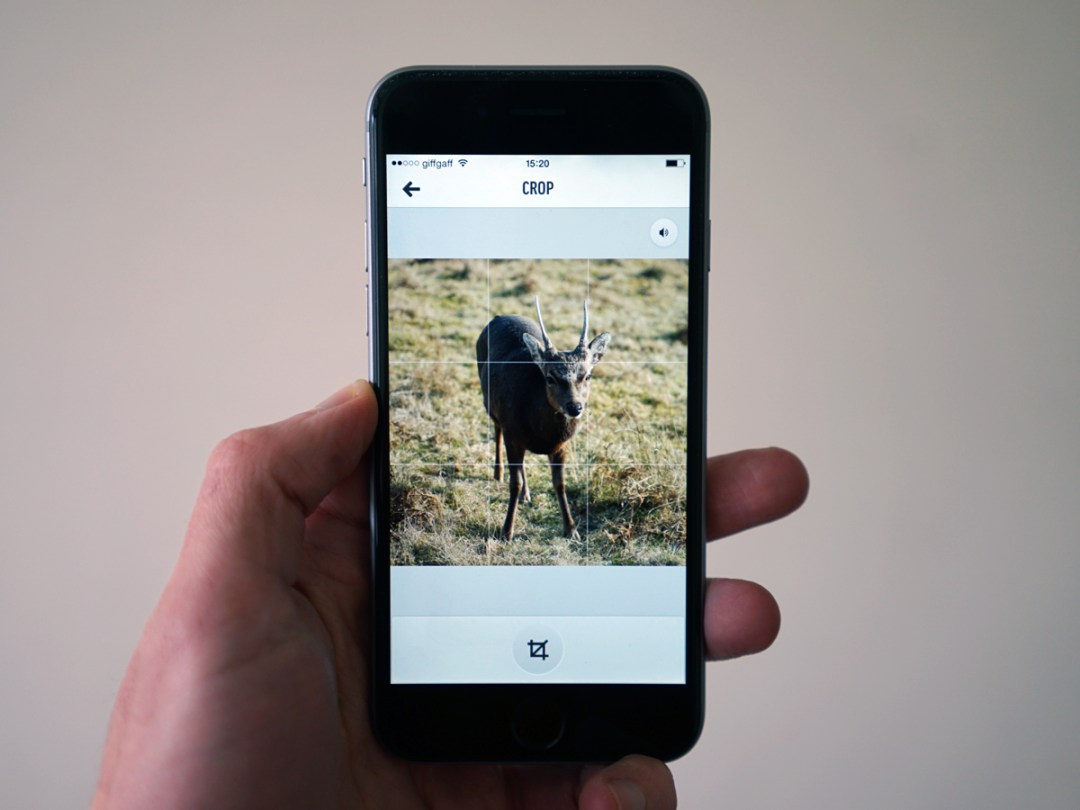
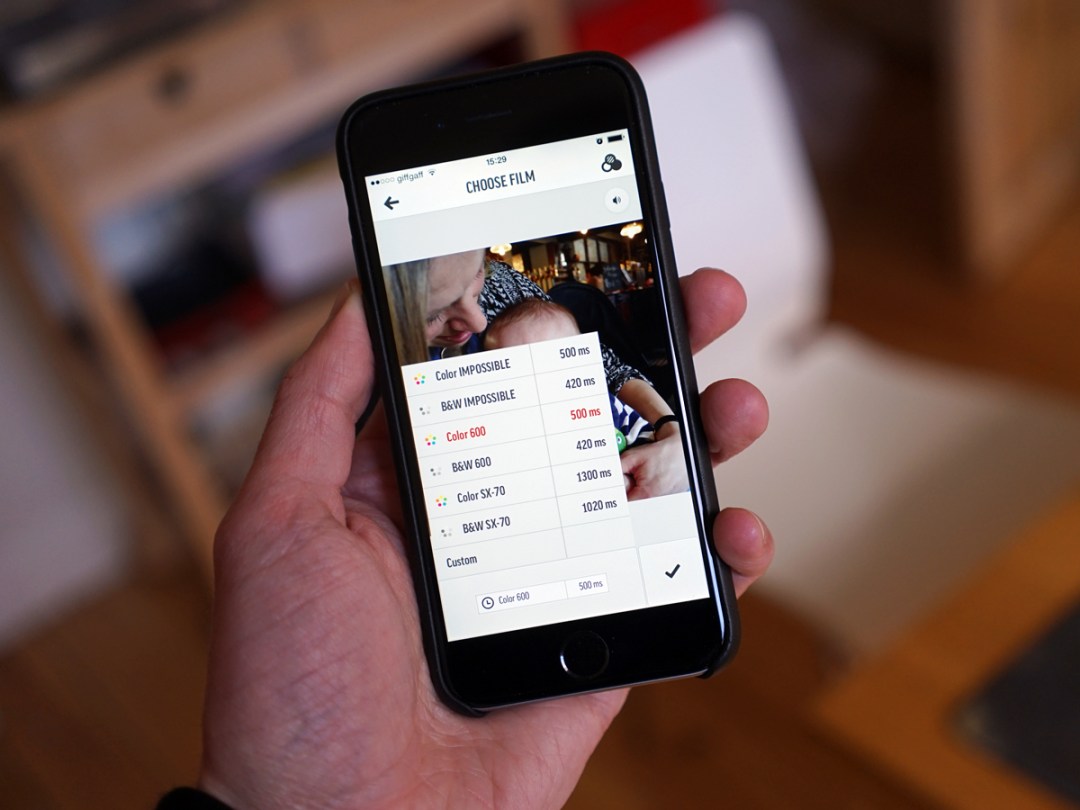
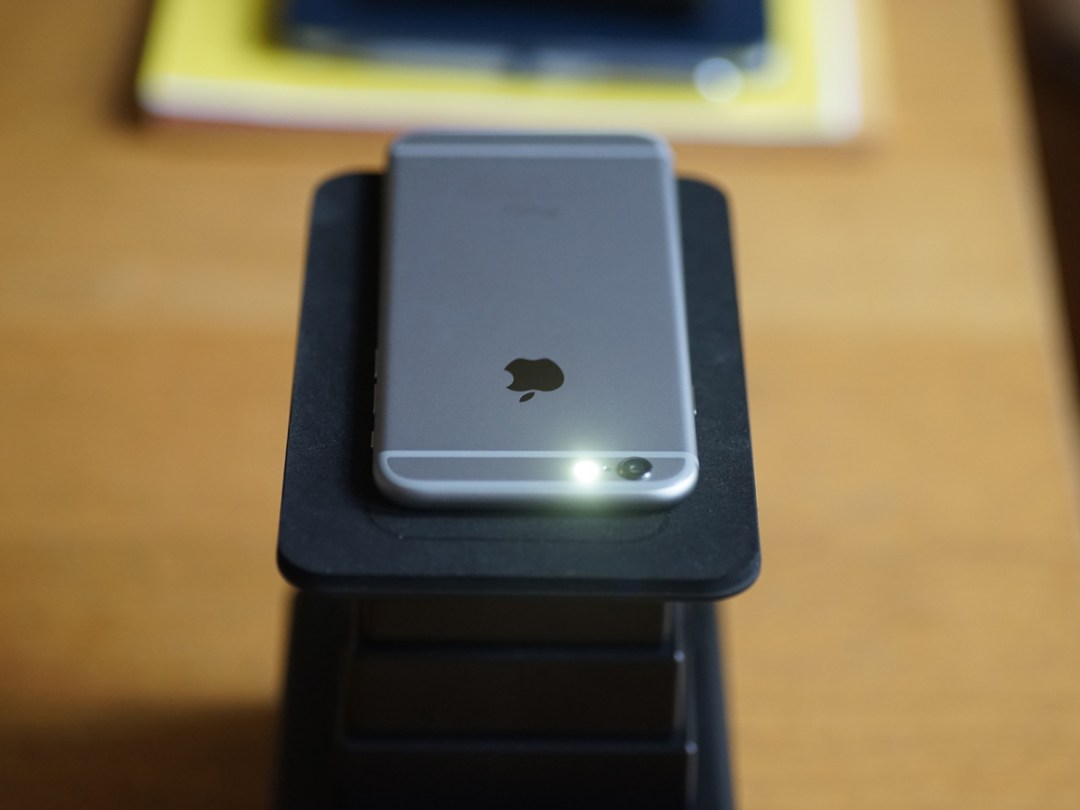
The process works like this: you open up the Impossible Project app on your Android or iOS device, select the Instant Lab option, then select the image with which you want to make an exposure. You then place your device screen-down on the Instant Lab’s cradle (there’s a template for the iPhone 4, 4s, 5, 5s and 5c and the iPod Touch 4 and 5, but everything else just has to be positioned carefully), wait for the signal that all is well (either the LED flash on your device will light up or you’ll hear a tone emitted), pull out the sliding shutter, wait for the sound of the photo being taken, push back the shutter and remove your phone/tablet. Finally, you press the Instant Lab’s eject button and watch your photo come out.
(All this, by the way, is explained clearly in step-by-step fashion in the app’s audio tutorial, which is voiced by none other than Werner Herzog. It was a pleasant surprise to hear the director’s distinct Teutonic tones emanating from my phone as I exposed my first picture.)
Prints charming
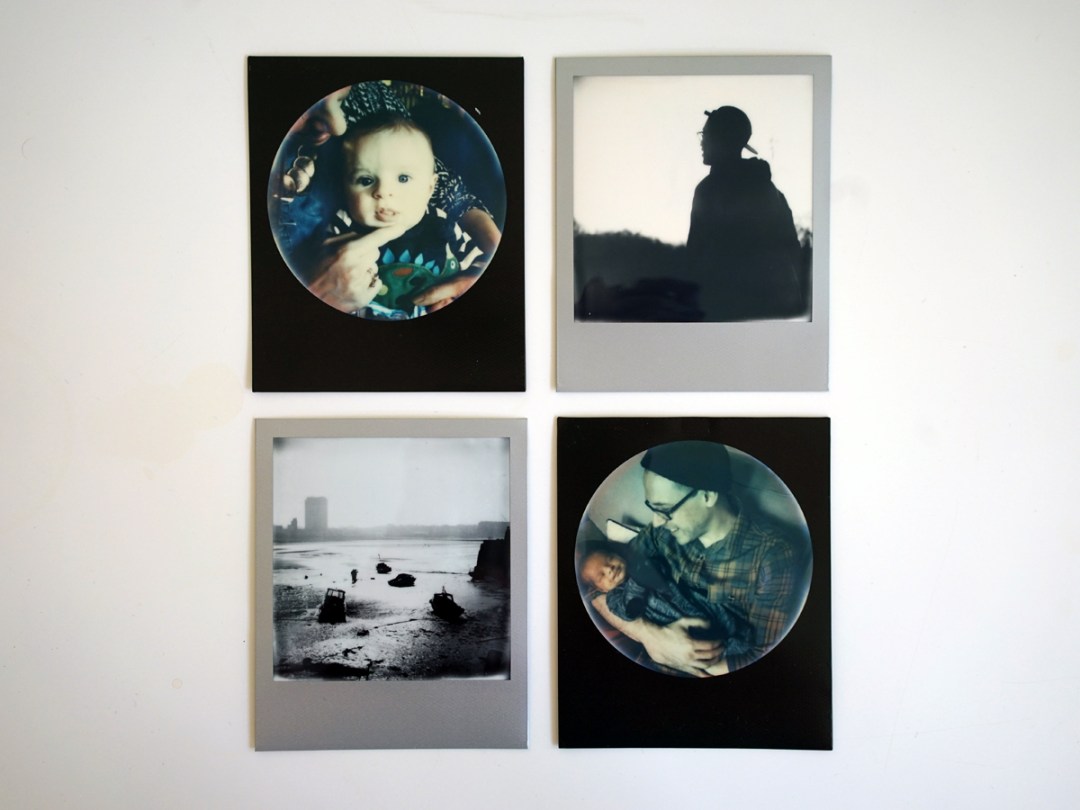
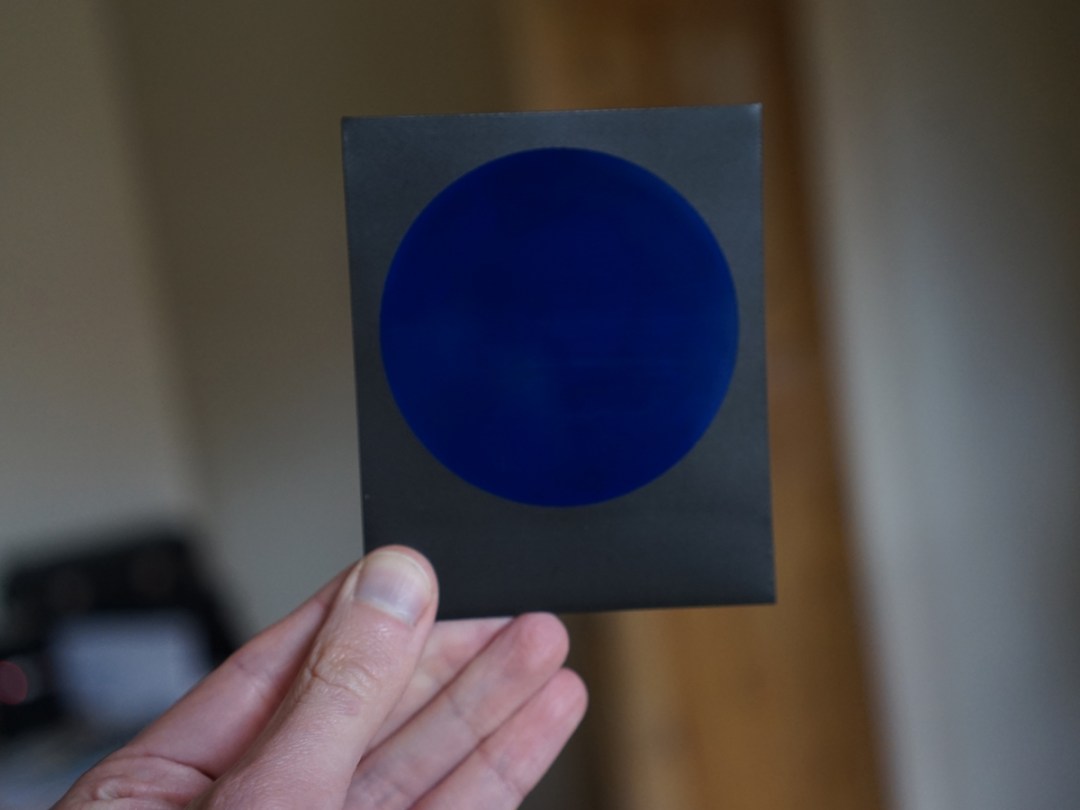
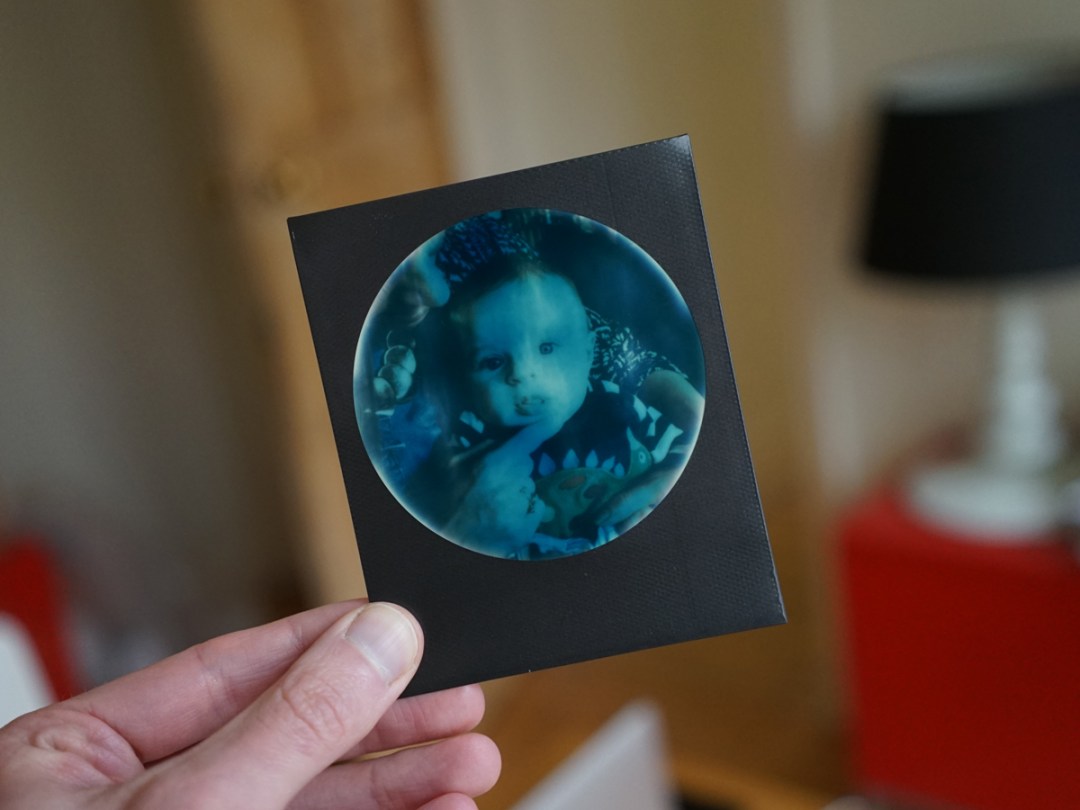
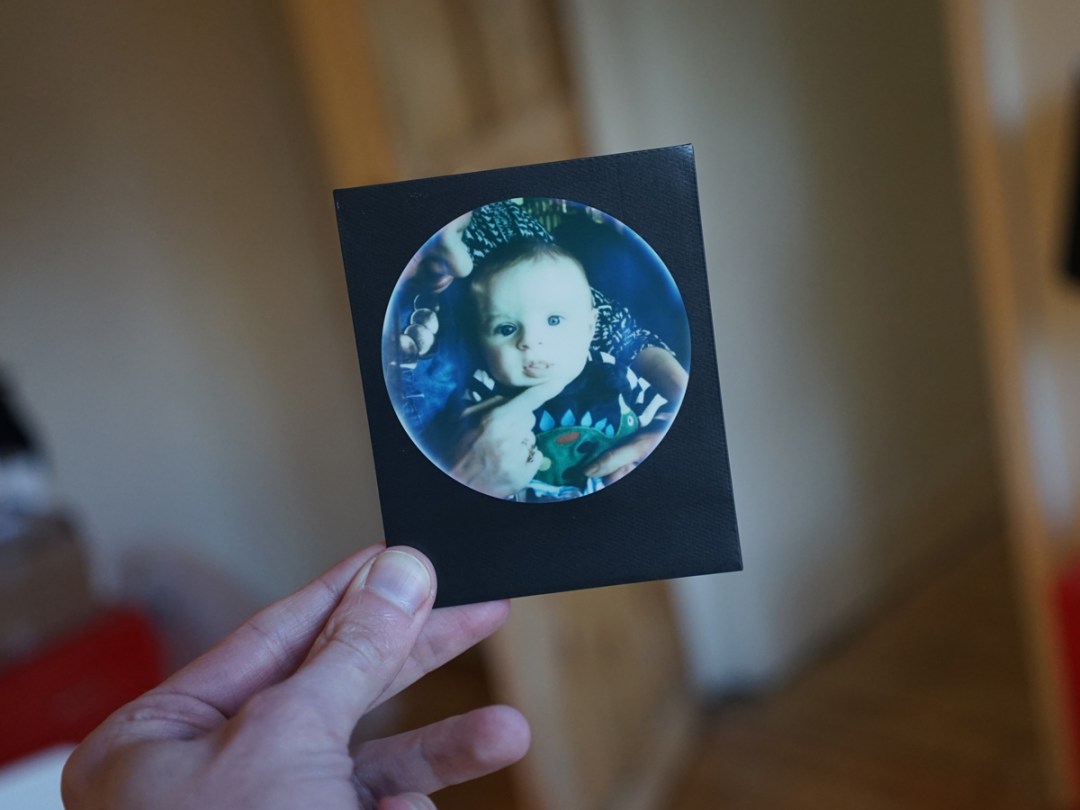
Prints take between 10 and 35 minutes to develop, depending on the film type used, so strictly speaking “Instant” could be considered a misnomer (striking how the digital photo age has changed everyone’s perception of what “instant photography” constitutes, eh?) and they look… well, for better or worse they look like the Polaroid photographs of yesteryear.
Polaroid photos were never the clearest, sharpest or most faithful renditions of the real world, but they had a unique character of their own. The colours, gloss, the frame – all of these things went into creating that. That character didn’t exist in the digital camera world, so people started trying to recreate it, first with Photoshop editing and later with filters – Hipstamatic and Instagram draw heavily on the instant film aesthetic. And now we’ve come full circle, using a special instant camera to invest a little je ne sais pas into those digital images.
Communication breakdown
And it works – when the Instant Lab does. My first three photos, which were taken from an iPhone 6 screen, didn’t expose or frame properly. 35 minutes after popping out of the Instant Lab, all I could see was a vague suggestion of the top of my nephew’s beanie-clad head, with the rest of what I’d framed in the app cropped out. I’m not quite sure what happened here, but I suspect that the iPhone’s protective case had caused it to be sitting a little too far off the cradle’s surface, resulting in some weirdness in the app and Instant Lab’s communication.
Later images taken with a Google Nexus 7 and a (now case-less) iPhone 6 turned out much better. The app has presets for different kinds of film, but you can also tap on a part of the image to change the exposure setting – much like you would when taking a photo with a smartphone. I found that, assuming the original digital photo was correctly exposed, Impossible’s presets worked out quite nicely. When I tried altering the exposure manually, I usually ended up with over- or underexposed photos.
A pricey hobby
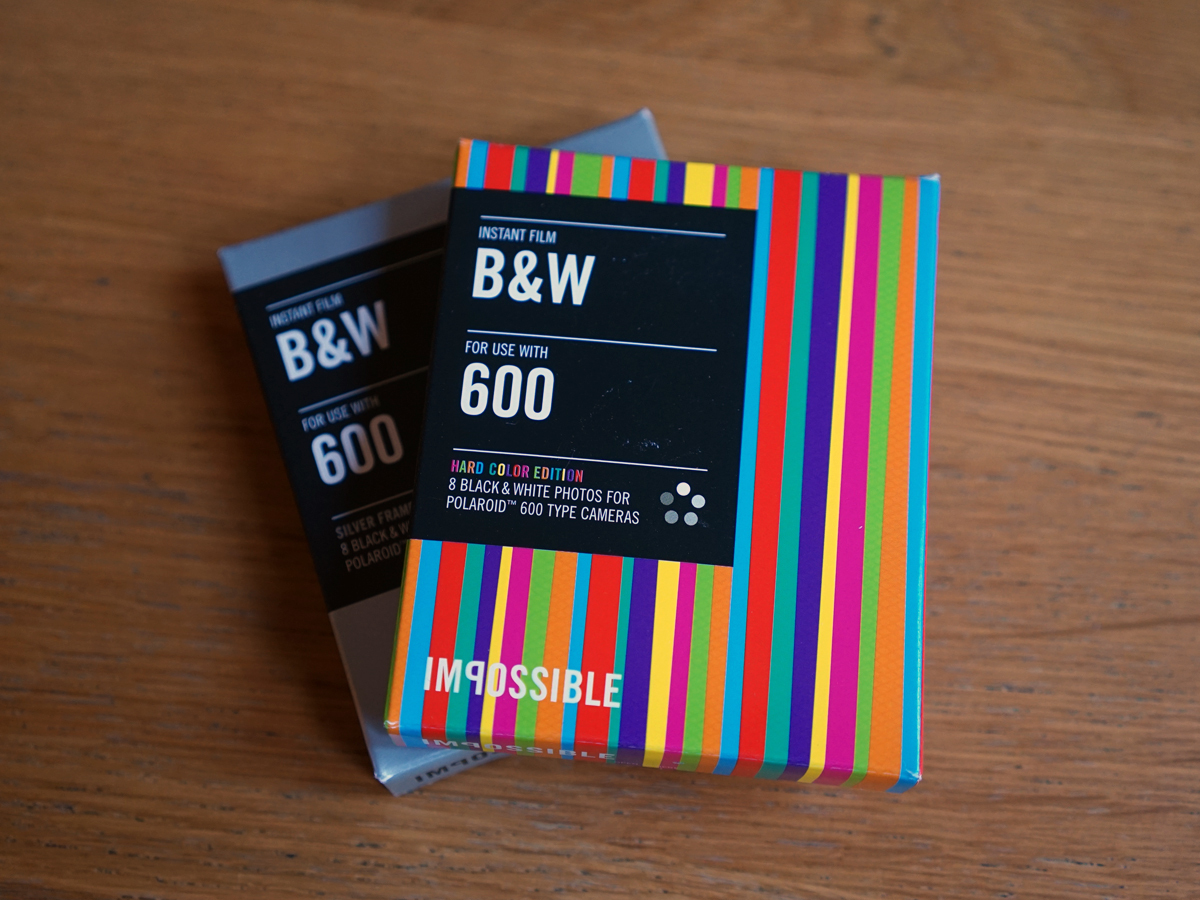
The images look, essentially, as if they’ve been taken with a Polaroid camera. Impossible offers a variety of film packs, but mostly the differences lie in the style of their frames – there are essentially four types of film available to you: black and white, cyan, magenta, or full colour. I found that my colour exposures exhibited a slightly cold, bluish hue. Of course, how your photo turns out also depends what your source looks like to begin with, so by adding filters and the like pre-Instant Lab you can achieve a variety of effects.
Film is expensive, however, which might limit your appetite for experimentation. Assuming you don’t already have a huge stockpile of old Polaroid film sitting in your fridge, you’ll be paying at least £17 for a pack of eight exposures from Impossible. That 1970s aesthetic… well, it doesn’t come at a 1970s price.
The Instant Lab itself is a reasonably sturdy, lightweight device that folds down to a portable size (there’s even a little drawstring pouch to keep it safe and dust-free in your bag). It’s powered by a built-in rechargeable battery that, given the relative lack of electronics and moving parts, should last a fairly long time before requiring a top up (I charged my Instant Lab once and, three packs of film later, it hasn’t required replenishment).
Upgrade time
Impossible Instant Lab Universal verdict
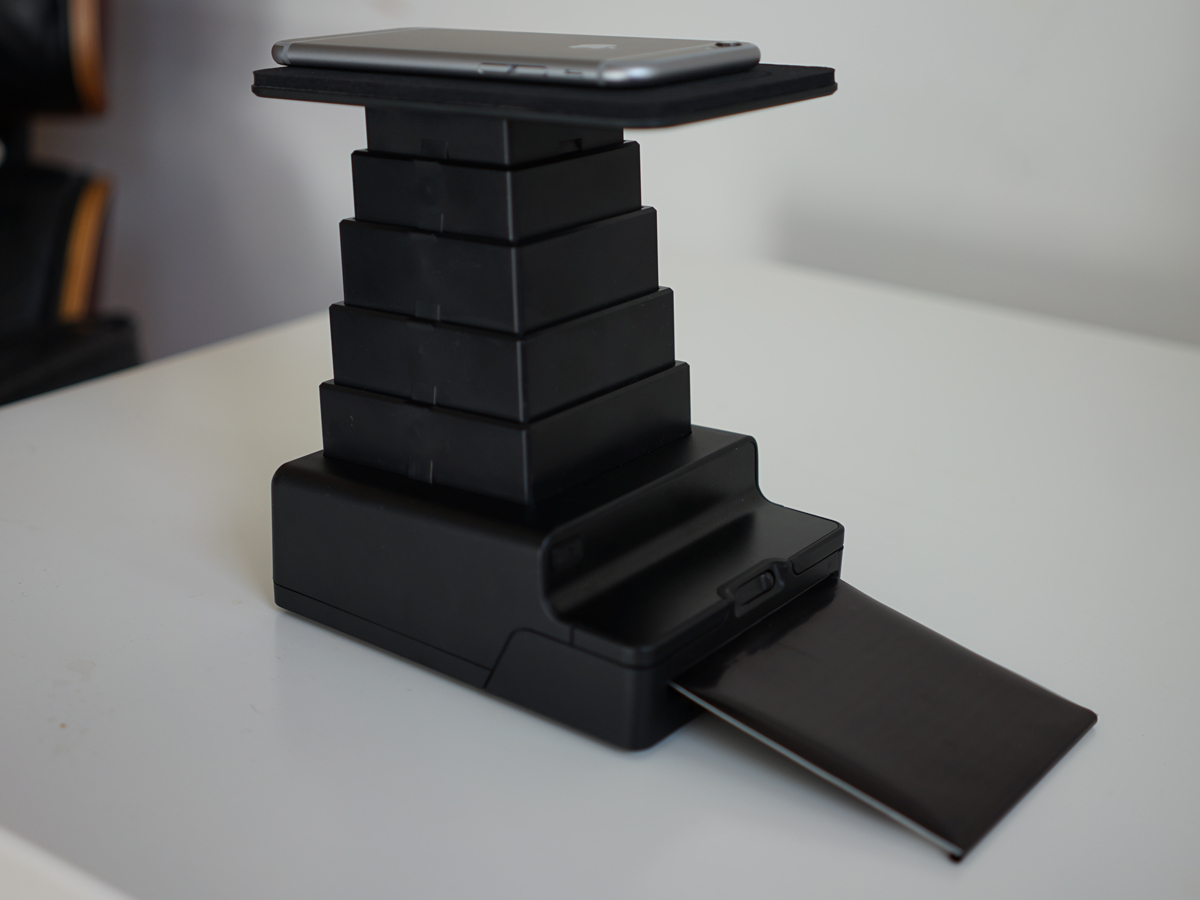
I suspect many of you reading this will baulk at the idea of shelling out £160 (plus £17 per pack of film) in order to reproduce less-than-faithful facsimiles of photos you’ve already taken, and I get that. But the Instant Lab is doing something that no other device out there does: it’s keeping the real Polaroid aesthetic alive, and doing so long after 99.9 percent of people have switched to digital photography – even Polaroid itself. That’s admirable.
Is it for everyone? Hell no, and I imagine the Impossible Project would be the first to admit that. Sometimes, images don’t turn out well at all, and you realise you’re basically holding an over-exposed two-quid bookmark in your hand instead of a lovely retro-style photo. But that happened with original Polaroid photos too.
When a great shot does emerge out of the gloom, there’s something about it that no digital filter, no Photoshop action and no printer can replicate. It’s a Polaroid picture, not a pastiche of one, and if you want the real thing the Instant Lab is really your only option right now.
Stuff Says…
The next best thing to buying a Polaroid camera – if that’s what you’re looking for, look no further
Good Stuff
Replicates the Polaroid aesthetic perfectly
Now works with a decent variety of phones
Bad Stuff
Polaroid film is really pricey
Occasional app/Lab communication issues



